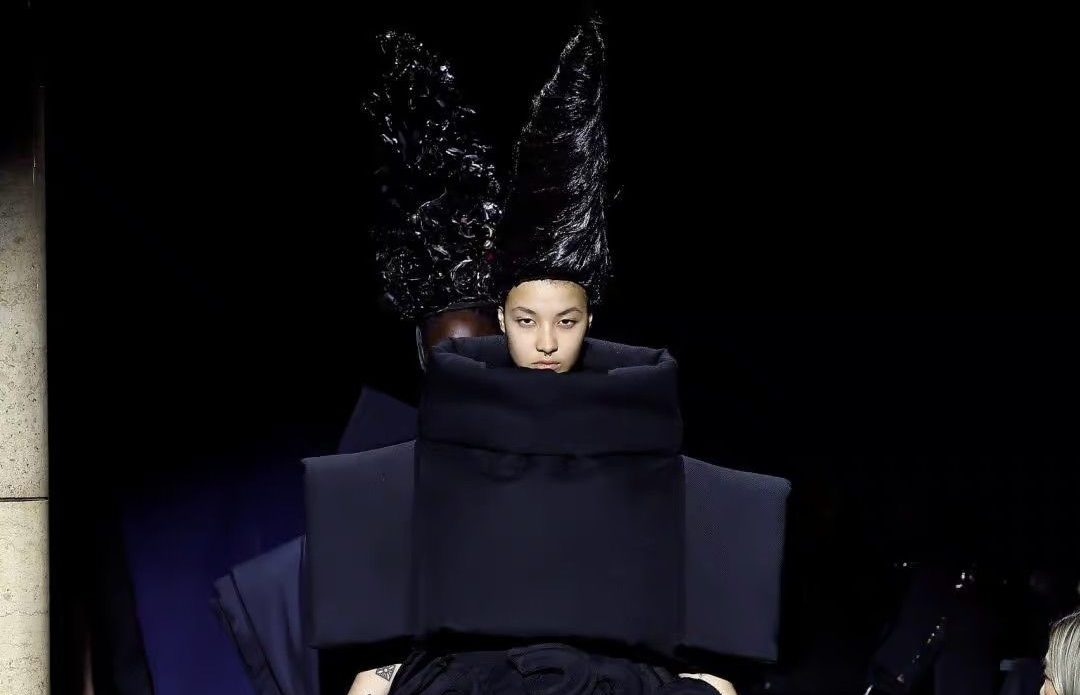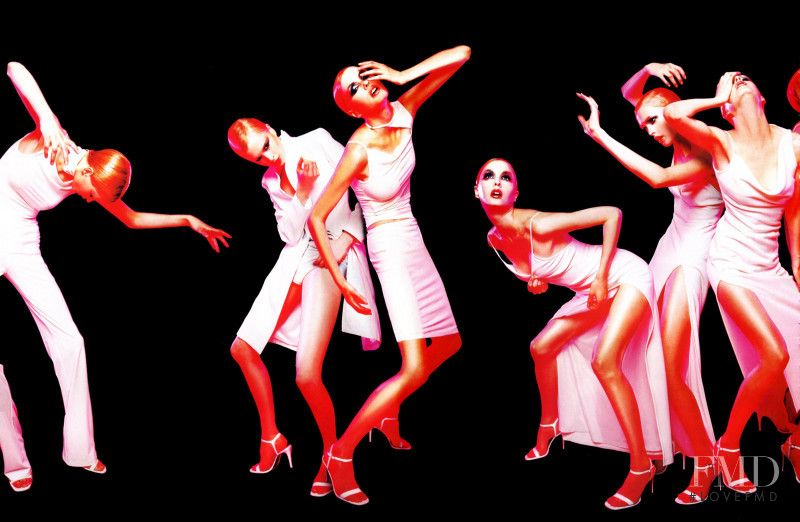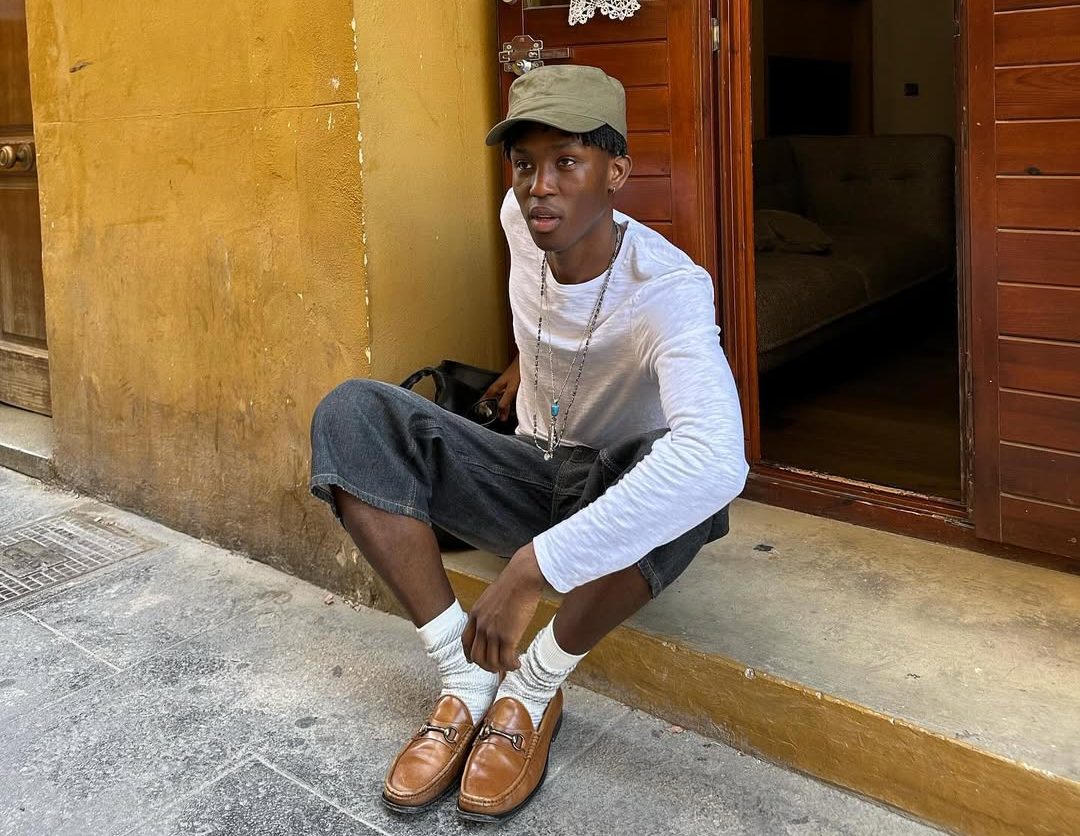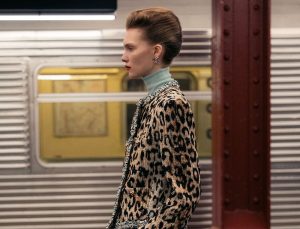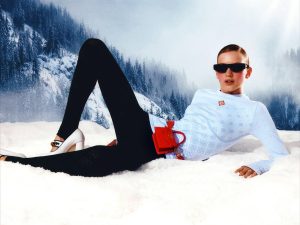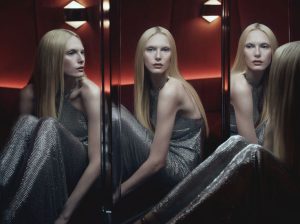Since the 1980s, black has no longer been an absence of color. In Rei Kawakubo’s hands, it becomes a language. A space for experimentation and transgression. At Comme des Garçons, this ‘non-color’ turns into a manifesto, a fertile ground for strange volumes, enigmatic silhouettes, and creations that blur the line between art and fashion. An immersion into a radical aesthetic where black, far from being neutral, reveals itself as vibrant, simmering, and above all unruly.
When Comme des Garçons arrived in Paris in 1981 for its first Fashion Week show, Japanese fashion had yet to become an international phenomenon. Six years after opening her first boutique in Tokyo, Rei Kawakubo brought a new wave of energy to the French capital. A breath that has never ceased to spread.
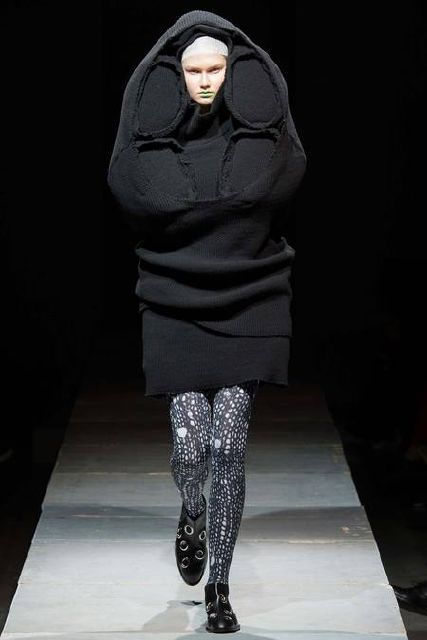

From that very first show, the tone was set: a pared-down palette, asymmetrical cuts, deliberately distressed fabrics. The shock was immediate. Black asserted itself not as an absence, but as a silent cry. The press spoke of ‘Hiroshima chic’; a debatable expression, yet one that revealed the aesthetic upheaval triggered by Kawakubo. Within just a few seasons, she became the emblem of the anti-fashion movement of the 1980s. A current that sought not to seduce, but to question.
Shaking up the codes: clothing as language
Behind Comme des Garçons lies a clear intention: to deconstruct what we think we know about clothing. Rei Kawakubo does not follow trends; she bends them, strips them down, and reassembles them anew.
For her, the body is not to be flattered, but to be questioned. Volumes are added, lines are distorted, asymmetries are explored. Clothing becomes a ritual, often reminiscent of a monastic wardrobe.
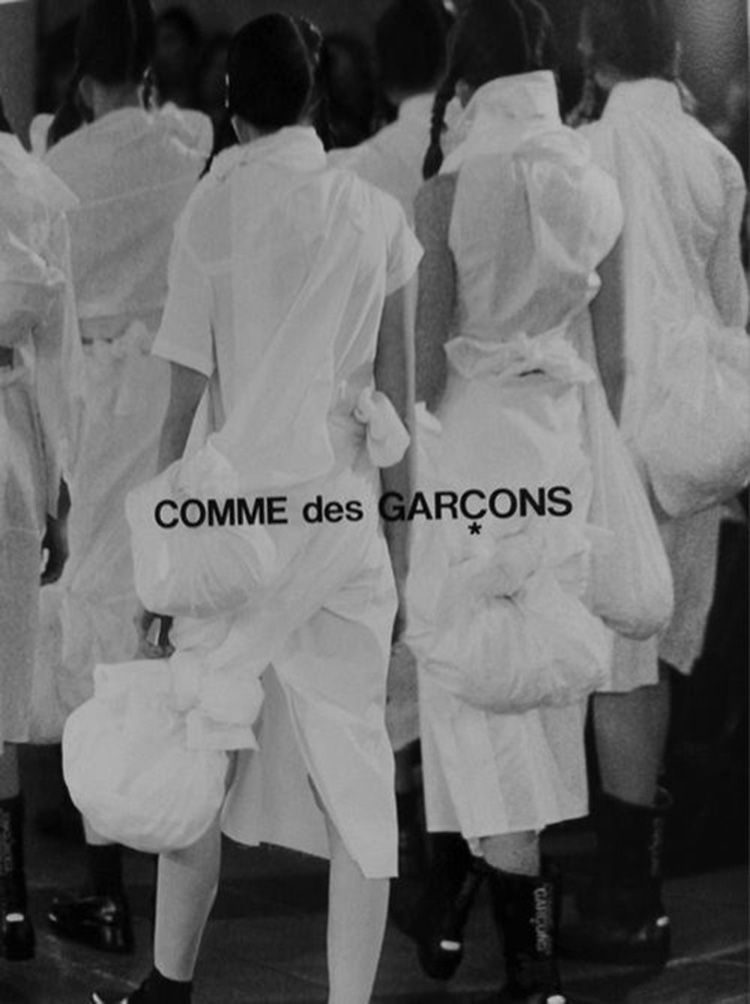
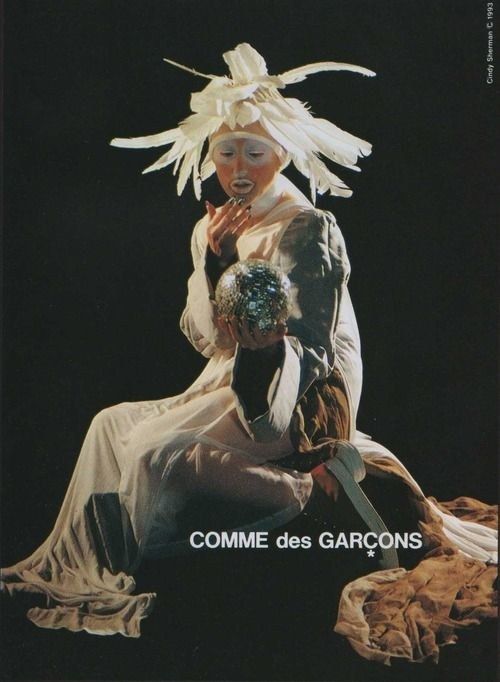
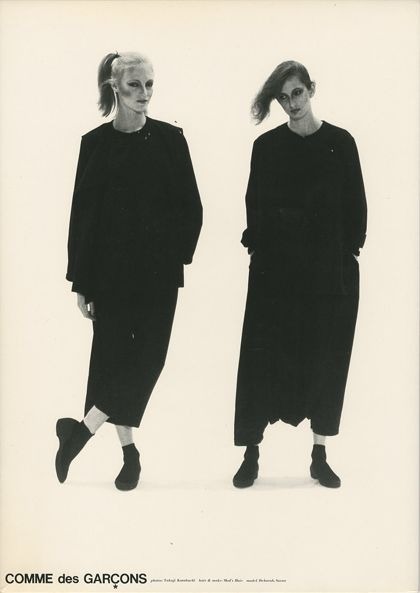
An emblematic example: the 1997 collection Dress Meets Body, Body Meets Dress. A striking reflection on the female body and motherhood. Inflated silhouettes, artificial lumps, unexpected forms. The body becomes a medium, a true playground.
In the 1980s, the press described Kawakubo’s work as a ‘New Wave Beauty.’ A decentered, raw beauty, often seen as strange or unsettling through Western standards. For at Comme des Garçons, clothing is political, positioned at the crossroads of sociology, contemporary art, and textile experimentation.
And the performance goes far beyond clothing. Jean-Michel Basquiat walked for the brand in 1987. Later, it was cult actor-director Dennis Hopper who took to the runway. The casting itself became an artistic movement.
Black, a neutral color?
More than an aesthetic choice, black becomes the signature of Comme des Garçons. It is even placed at the center of a dedicated line: Comme des Garçons Black, launched in 2009 amid the economic crisis, as a return to the brand’s fundamentals.”.
Far from the idea of black as neutral, muted, or funereal, Rei Kawakubo treats it as a living material. She explores its many shades, from charcoal to blue-tinged black, from matte to glossy, from sheer to dense. As historian Michel Pastoureau puts it: ‘Black is a fertile color.’ And therein lies the paradox: a color long associated with death becomes, at Comme des Garçons, a symbol of life, creation, and raw energy. A blank field to be reimagined each season: in short, a space of freedom.
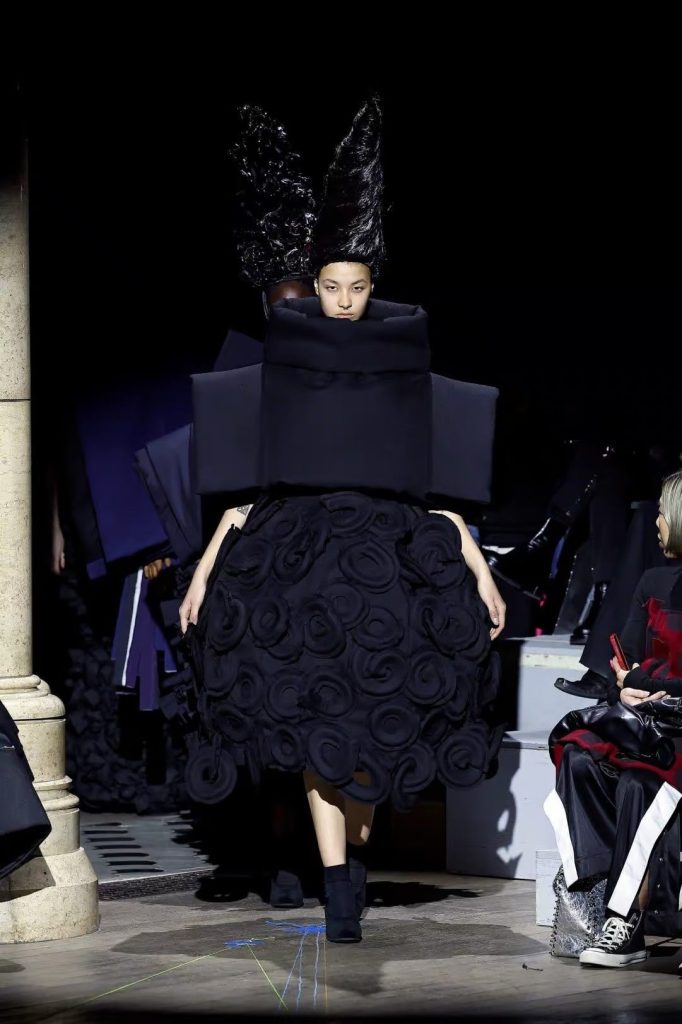
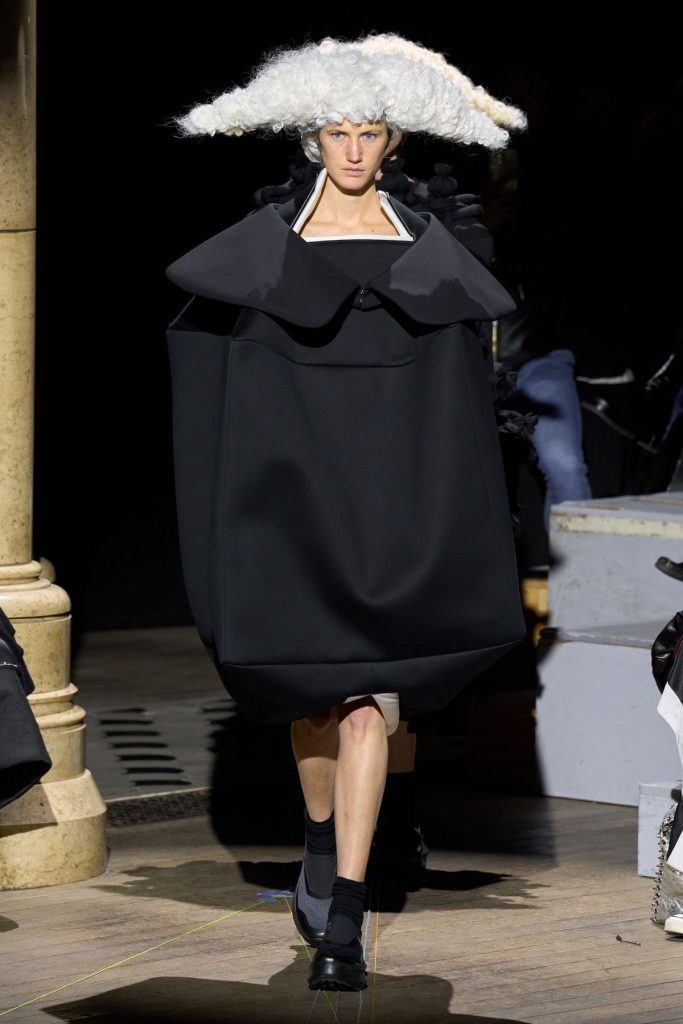
“The black of Comme des Garçons also converses with other figures of avant-garde fashion, such as Yohji Yamamoto or Ann Demeulemeester, who likewise turned this shade into a tool of storytelling. For Kawakubo, black does not symbolize retreat but assertion. It offers a way to escape diktats, to dress without revealing. In this sense, it embodies a form of resistance, against over-consumption, against the ephemeral. A black that is full, dense, inhabited, clothing the spirit as much as the body.
At Comme des Garçons, black questions, disturbs, provokes. It serves as the canvas for a radical vision of fashion, one where clothing seeks neither to flatter nor to reassure, but to make us think. In a world saturated with images and color, Rei Kawakubo continues to make black a manifesto: that of a fashion that is free, profound, and unruly.


